Pillars
The AI Robolab interest falls into three main pillars
With the widespread use of AI applications, AI Ethics emerged as research domain aiming to investigate fairness, accountability, and transparency of the more and more sophisticated AI systems.This move is supported several recent initiatives originating from national, international as well as industry stakeholdersare being developed to investigate the ethical dimension of these AI solutions
Social Robotics aims to improve the robots’ social capabilities and enable robots to work alongside with humans by providing emotional, cognitive and social cues to encourage the user(s) development and achieving a given goals. Social robots tackle the challenges of motivating the end-users, coaching, entertaining and rehabilitating by focusing on non-physical interaction.Our contributions in the domain of social robots are carried out in research, teaching, and outreach activities
Social Robotics aims to improve the robots’ social capabilities and enable robots to work alongside with humans by providing emotional, cognitive and social cues to encourage the user(s) development and achieving a given goals. Social robots tackle the challenges of motivating the end-users, coaching, entertaining and rehabilitating by focusing on non-physical interaction.Our contributions in the domain of social robots are carried out in research, teaching, and outreach activities
This pillar started at the AI Robolab, when a workshop on AI and Art was organized by the AI Robolab at the university of Luxembourg. Later, in 2020, our project proposal has been accepted by the Esch22. Therefore, the AI Robolab will be responsible for the organization of an AI & Art pavilion that will be included in the activates of Esch 2022 European Capital of Culture.The pavilion involves several corners and projects developed by artists and researchers interested in creative technologies as well as staff from the AI Robolab.The kickoff meeting of this project was organized by the AI Robolab and held on 25th of September 2020.





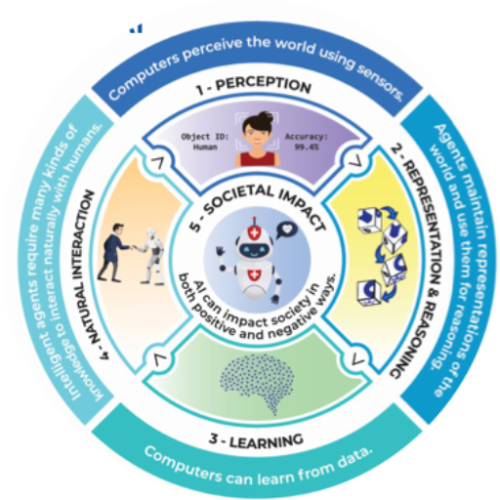
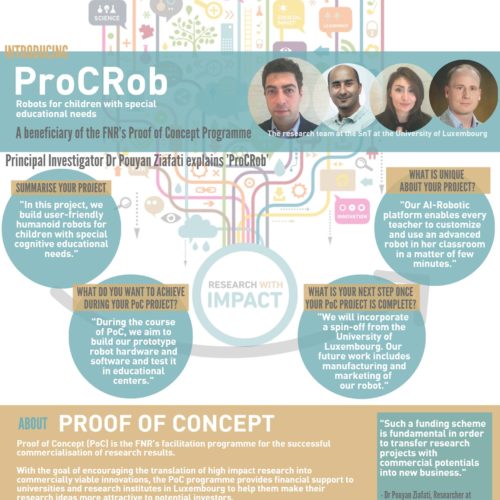
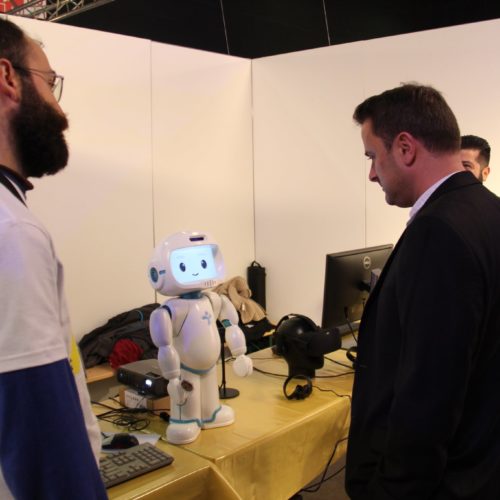
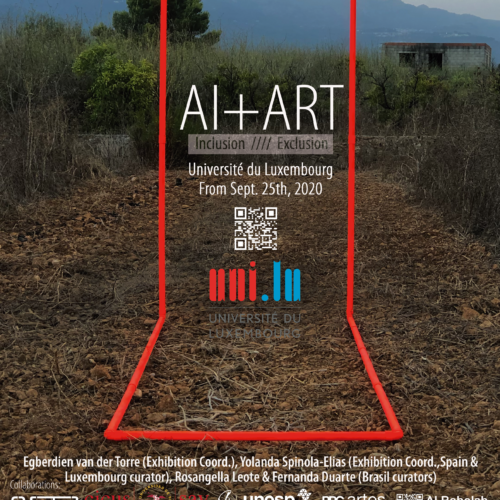


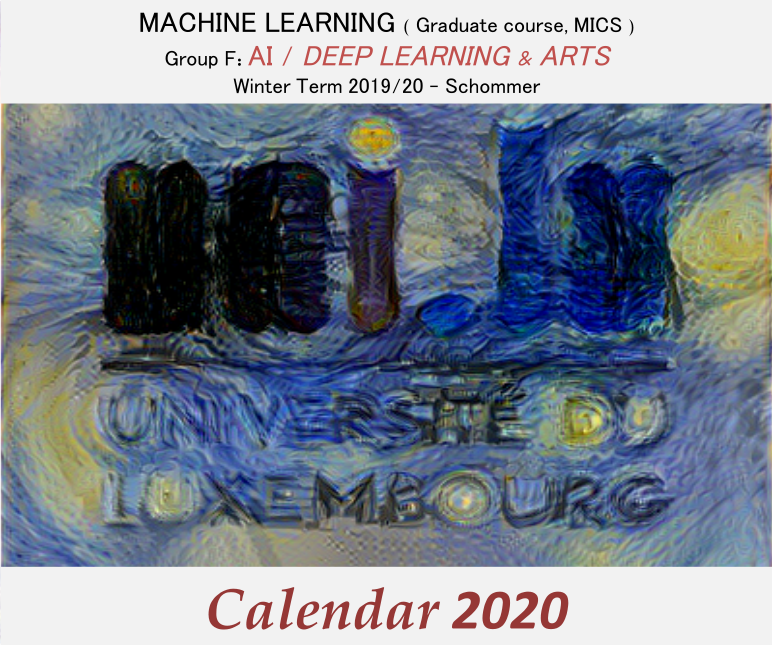
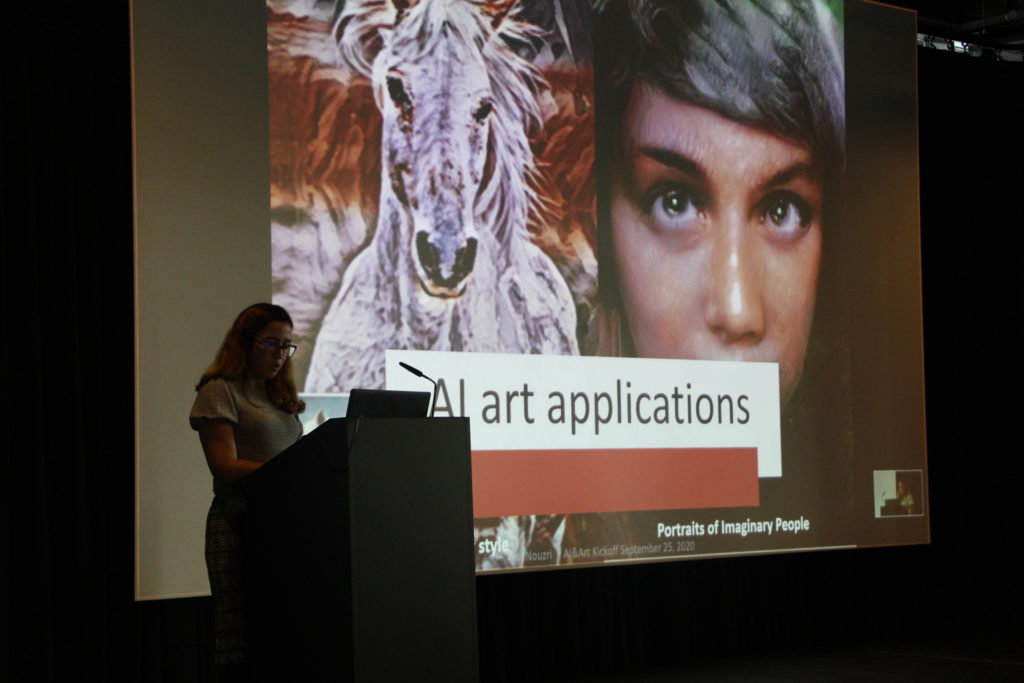

Social Robotics aims to improve the robots’ social capabilities and enable robots to work alongside with humans by providing emotional, cognitive and social cues to encourage the user(s) development and achieving a given goals. Social robots tackle the challenges of motivating the end-users, coaching, entertaining and rehabilitating by focusing on non-physical interaction.Our contributions in the domain of social robots are carried out in research, teaching, and outreach activities